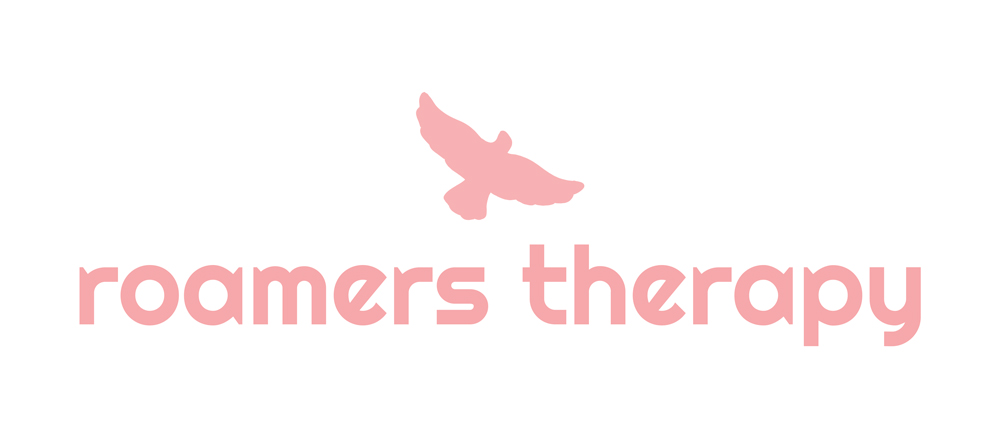How do we contribute to relationship problems
We are bound to experience relationship problems regardless of the type of relationship. We may try to manage or solve these problems in individual therapy.
This is unhelpful for several reasons:
- Individual therapy is not relational therapy.
- We cannot control or change people’s behaviors. People change when they want to change.
- Although it may feel like a relief in the moment, venting about relationship problems is not helpful longterm because we are simply expressing our anger in a safe place.
As frustrating as this may be, there are things we can do to improve our relationship problems (or at least improve how we feel about them!).
We can learn to manage the behaviors that are within our control. This starts with reflecting on how we might be contributing to these relationship dynamics.
This can be difficult or uncomfortable, but remember, relationship dynamics take more than one person to create.
1. Communication
Sometimes when we face a relationship conflict, we believe the other person must know about the problem and that they should be the one to initiate repair.
The truth is that sometimes people do not know when they have hurt us. Expecting people to know that our feelings are hurt is called emotional labor.
Although it may be hard to be vulnerable when we feel hurt, communicating that we are hurt is very important when trying to manage relationship problems.
2. Boundaries
Sometimes our relationship problems are a reflection of our boundaries (or lack of!).
When boundaries are too porous, we may put other people’s needs above our own. This may lead to self-abandonment.
When boundaries are too rigid, we may push people away or find it hard to be vulnerable with others.
3. Conflict Aversion
Managing conflict can be very difficult. However it is essential when dealing with relationship problems. When we cannot appropriately manage conflict it persists, tensions escalate and the relationship becomes calloused.
Remember, conflict does not have to be combative. Some conflict isa sign of love because it shows that we are being vulnerable with someone.
4. Reinforcing the issue.
When dealing with relationship issues, we may inadvertently reinforce the issue.
We do this by:
- Consistently excusing harmful behavior
- Failing to communicate needs or expectations
- Engaging in hurtful communication
- Ignoring the issues or “sweeping them under the rug”
- Accepting too much blame
- Empathizing too much without limits
5. Staying Longer
One of the hardest things to accept is that a relationship no longer serves a benefit and has run its course. It can be painful to walk away from a relationship, but sometimes it is necessary for our well-being.
Remember, ending a relationship does not imply it is a failed relationship. Try looking back on the relationship fondly and reflecting on what lessons were acquired in the process.
Takeaways
Relationship problems can be stressful and painful. Shifting focus to what we can control can be helpful.
- Reflect on how you might contribute to the issue(s).
- Communicate problems and feelings.
- Set and maintain healthy boundaries
- Address and manage conflict.
- Avoid reinforcing the issue(s).
- Know when it is worth working on the relationship and when it is time to walk away.
This page is also part of the Roamers Therapy Glossary; a collection of mental-health related definitions that are written by our therapists.
While our offices are currently located at the South Loop neighborhood of Downtown Chicago, Illinois, we also welcome and serve clients for online therapy from anywhere in Illinois and Washington, D.C. Clients from the Chicagoland area may choose in-office or online therapy and usually commute from surrounding areas such as River North, West Loop, Gold Coast, Old Town, Lincoln Park, Lake View, Rogers Park, Logan Square, Pilsen, Bridgeport, Little Village, Bronzeville, South Shore, Hyde Park, Back of the Yards, Wicker Park, Bucktown and many more. You can visit our contact page to access detailed information on our office location.
